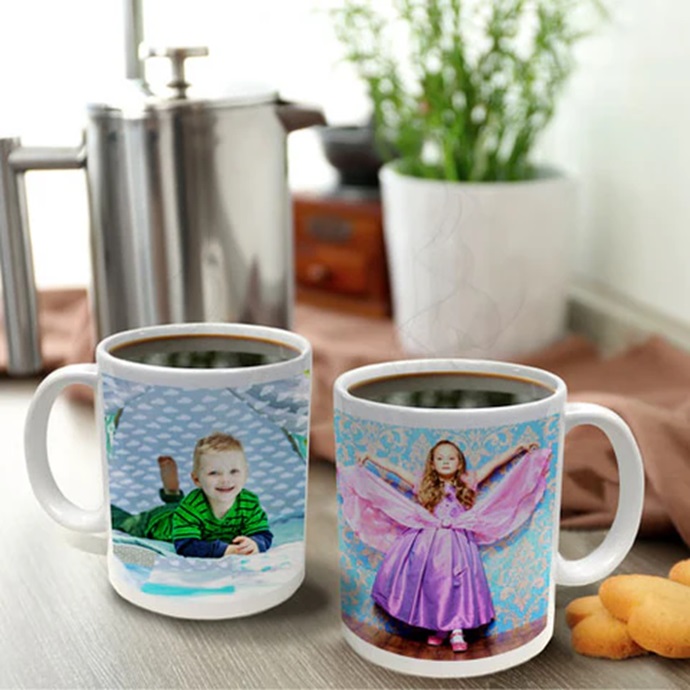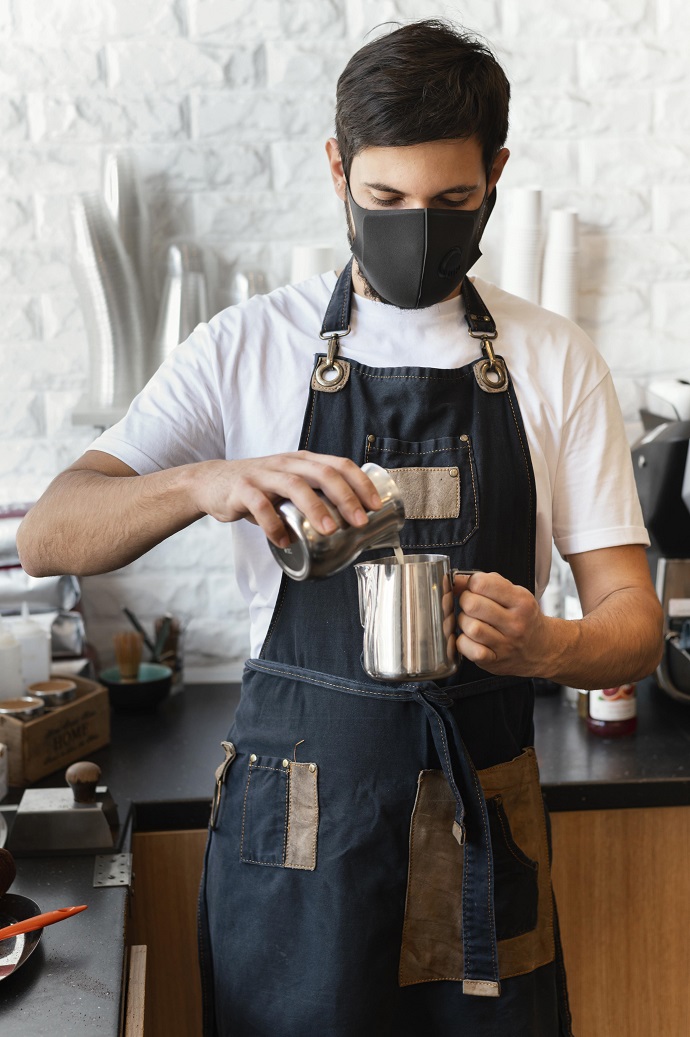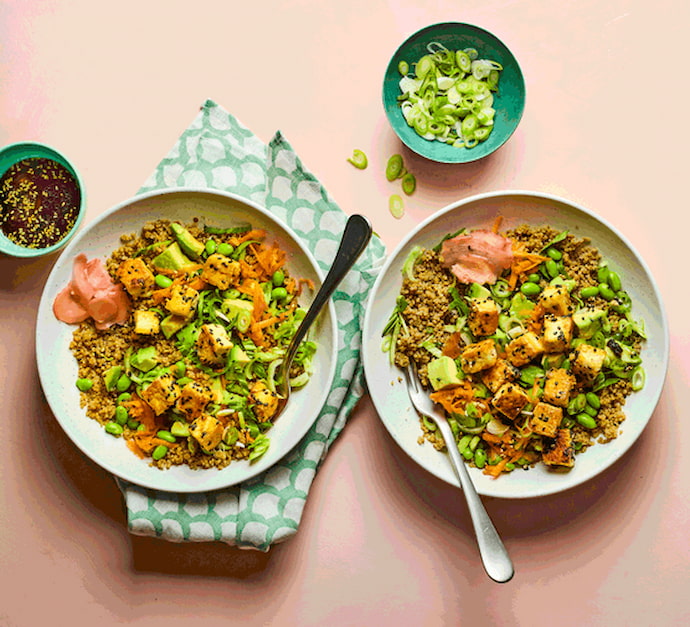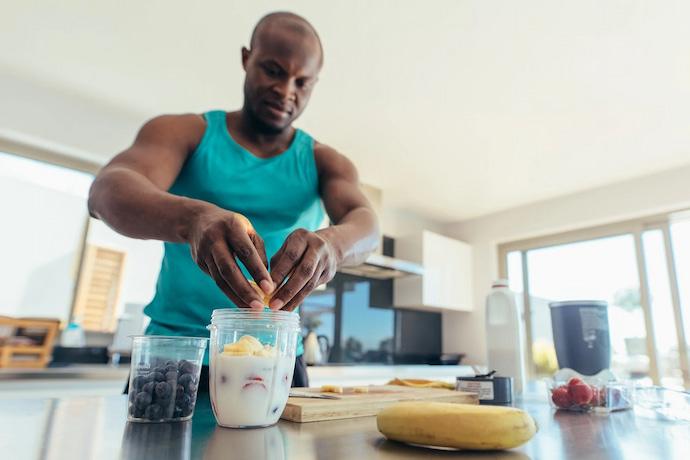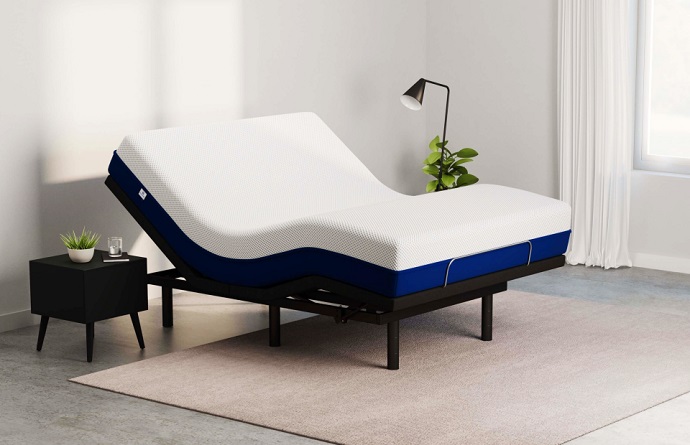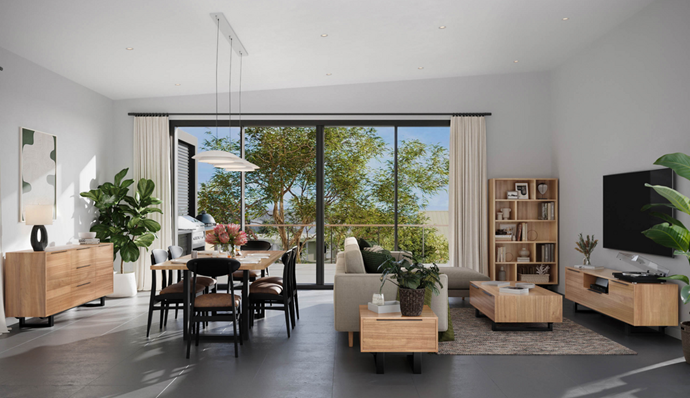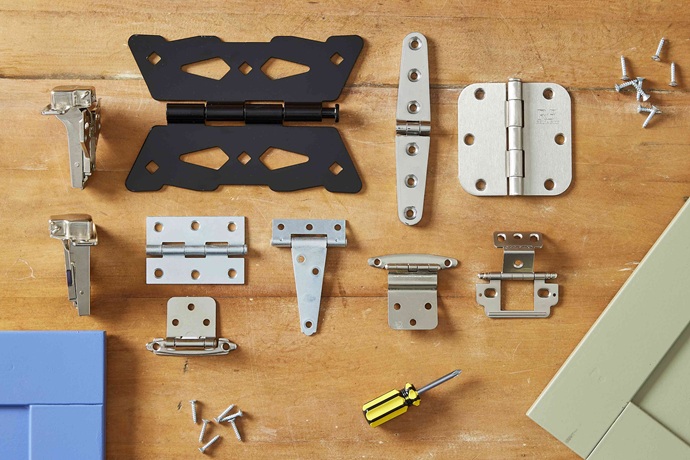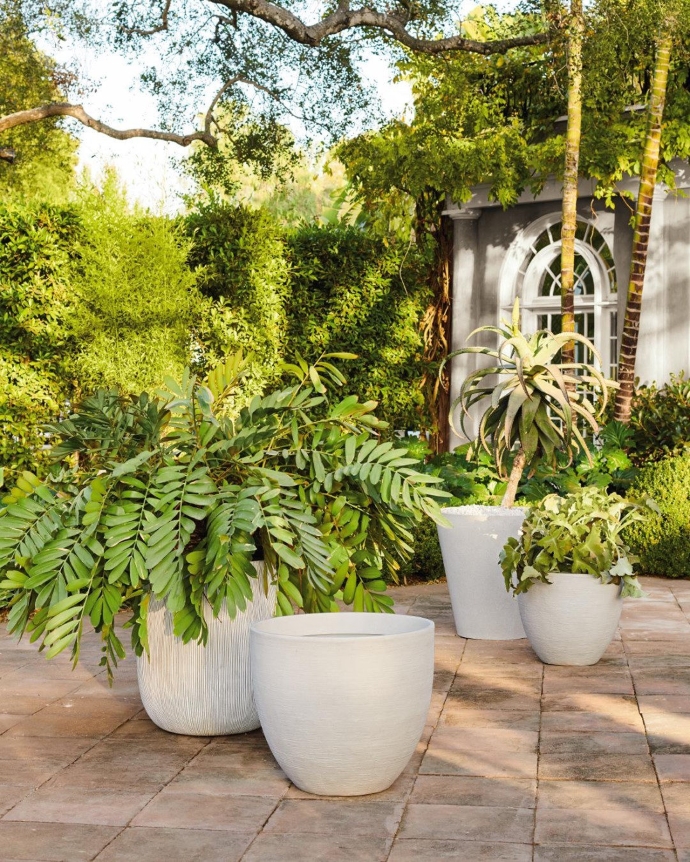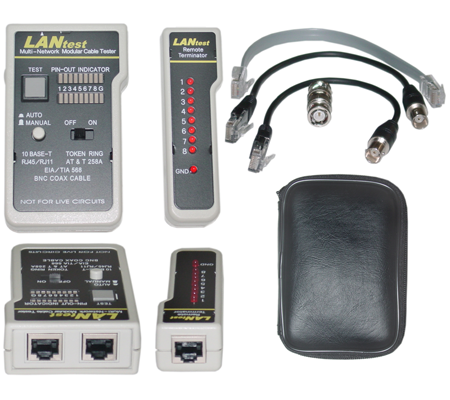If you want to add some lush plants to your decor but don’t have time to water them, a self-watering planter might be a good fit for your household. By integrating advanced irrigation technologies and smart design principles, these smart planters offer many benefits that align with eco-friendly gardening practices.
However, with so many different types available, it can be difficult to know which one is right for you. To help you make an informed decision, we will discuss the key factors you should consider when picking an option that suits your requirements.
Size Variations
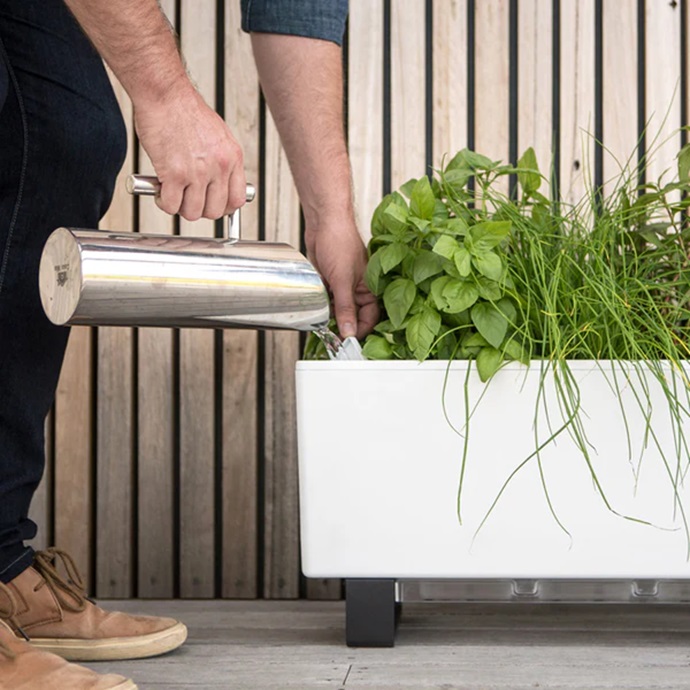
When on the hunt for the best type, size is a crucial factor to consider. If it is too small, your plants may not thrive; if it is too large, it may take up too much space. So, if you’re a busy professional who wants a touch of green without the hassle, pick a stylish, mini planter box bench. It allows you to grow goodies such as vegetables and herbs even if you only have a window sill or benchtop. With the mini bench planter, you may cultivate a variety of fresh fruit in whichever corner you have available. These small fellows are ideal for picking herbs as needed in the kitchen.
They are 600 mm long x 300 mm high x 250 mm deep, with a 17 L growing volume and 4.5 L internal water reservoir. Besides being the ideal option for plants used in the kitchen, other small plants can thrive in them as well.
Those with a busy lifestyle should consider the Dracaena plant for their mini window sill planter. It adapts to changes in temperature better than most other indoor plants, needs little water, and lasts for years in low light. The Chinese Money plant is another great plant for mini window box planters. It is native to the tropics, and it just loves moist soil. That’s your main, if not only, responsibility with it – making sure it stands in water most of the time, in a planter with good drainage.
As good as low-light house plants sound, most of them demand a corner with direct or indirect sunlight. When placed on an inside or outside on your balcony or deck, a mini planter box bench will make sure your plants get enough light to survive.
Material Choices
In terms of material, gardeners choose plastic self-watering containers for a number of reasons. They are lightweight, strong, and often less expensive than other materials. Plastic pots are portable, making them excellent for indoor and outdoor gardening. Their resilience ensures that they can resist a wide range of weather conditions without cracking or breaking, providing a long-term answer for your gardening needs. Furthermore, plastic self-watering pots come in a variety of patterns and colours, allowing you to select solutions that fit your décor.
Ceramic self-watering pots are durable, visually appealing, and long-lasting, but they are heavier and more expensive than plastic ones. Metal planters, such as those constructed of aluminium or steel, are sturdy and long-lasting, although they are susceptible to rust and corrosion.
Features
Extended watering intervals are one of the many important features to look for when on the hunt for the best self-watering option. This means that planters can go up to six weeks between waterings, depending on their size and weather conditions. This feature produces outstanding outcomes and boosts gardeners’ confidence in maintaining healthy home plants. Also, look for lightweight planters that are easy to pot up. Their user-friendly design makes them simple to maintain, even for inexperienced gardeners.
An easy-to-read water gauge displays the precise amount of water in your container and alerts you when it’s time to replenish. This exact monitoring helps to avoid both overwatering and underwatering.
Another great feature is a bottom watering system. Watering from below, similar to greenhouse growing methods, lowers the likelihood of fungus growth and leaf damage. This strategy encourages stronger plants and a more successful gardening experience.
Self-watering planters these days are designed of recyclable materials, which reduces their environmental impact. They help reduce water consumption and fertiliser runoff, promoting more sustainable gardening practices.
Design and Aesthetics
The design and aesthetics of self-watering pots and plants can improve the overall appearance of your garden or indoor space. Consider the pot’s design, colour, and shape to ensure it matches your existing decor. Consider features like water level indicators, drainage holes, and easy-to-fill reservoirs for increased convenience.
Additional Considerations
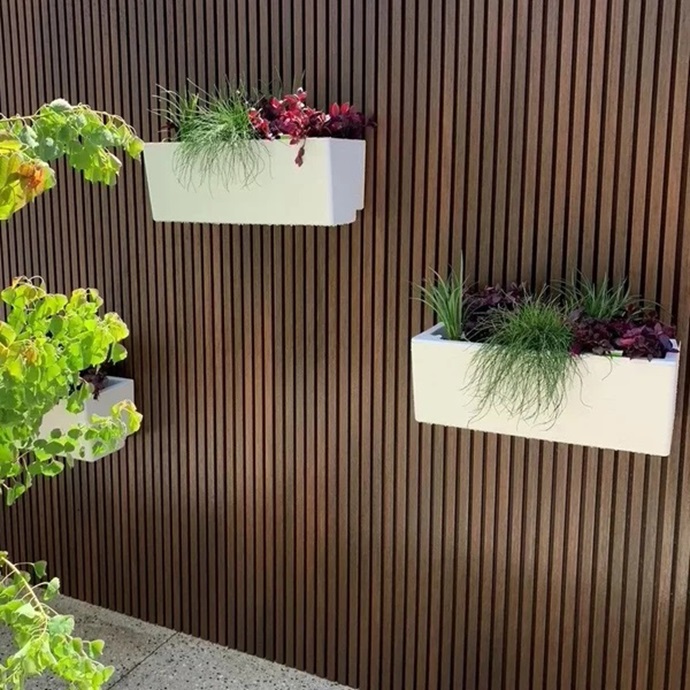
Setting up a self-watering pot is a simple process. Begin by assembling the pot following the manufacturer’s directions. This usually includes attaching the water reservoir, wick, and any other components. Ensure that all elements are tightly fastened to prevent leaks and guarantee proper water flow.
Self-watering pots and planters are available at a range of prices, from low-cost alternatives to high-end designs. Determine your budget before going shopping and think about the long-term advantages of investing in a high-quality pot that will last for years. While top-notch options may have more features and last longer, there are also low-cost options that provide outstanding functionality.
